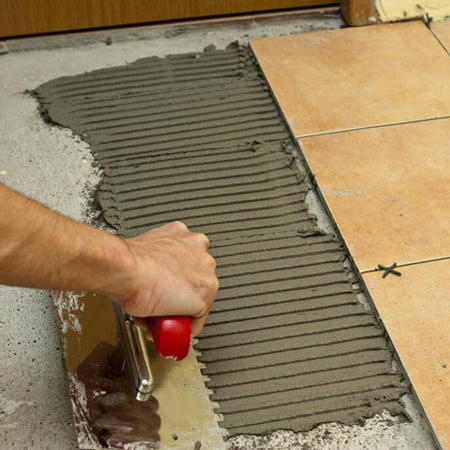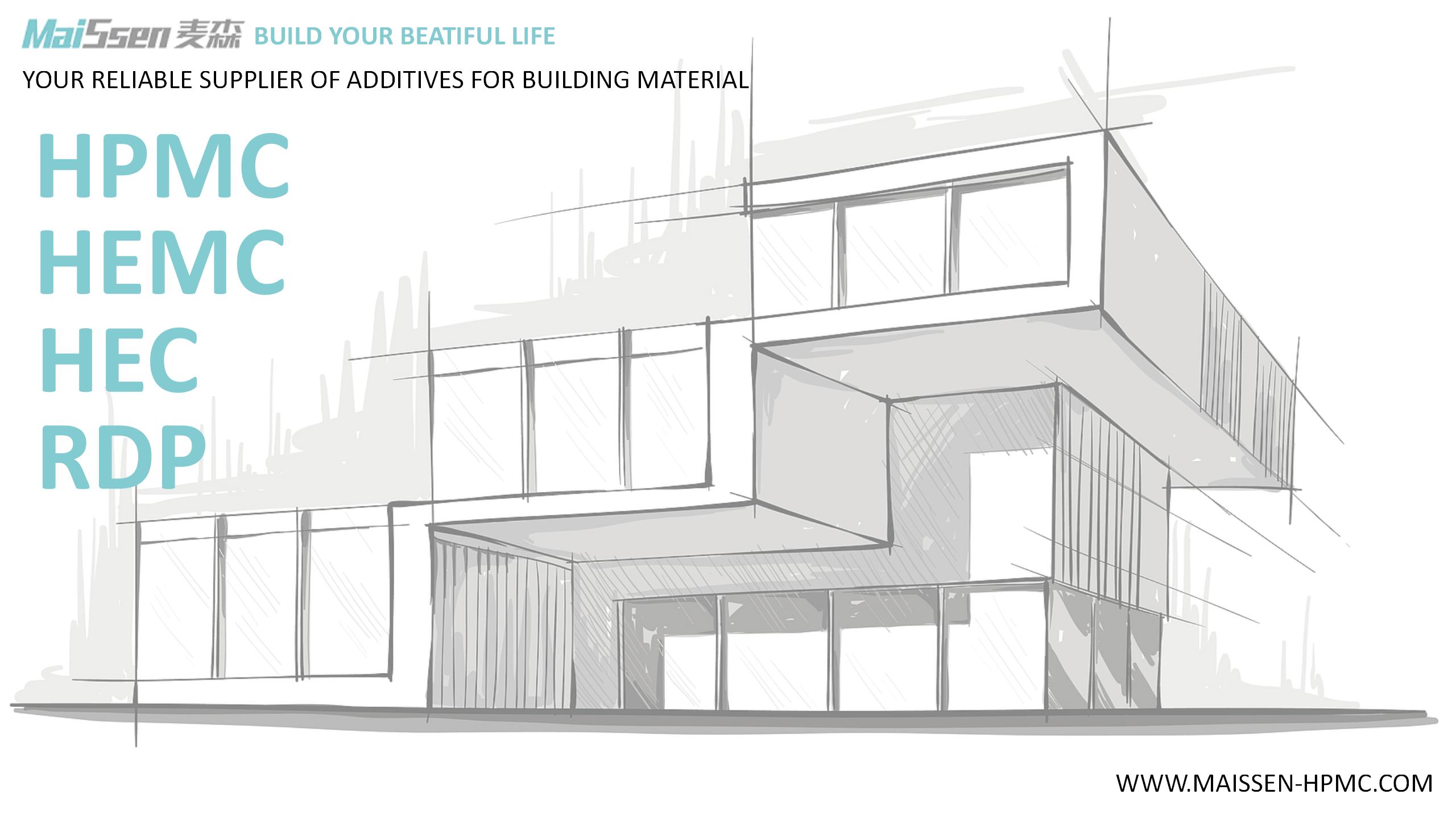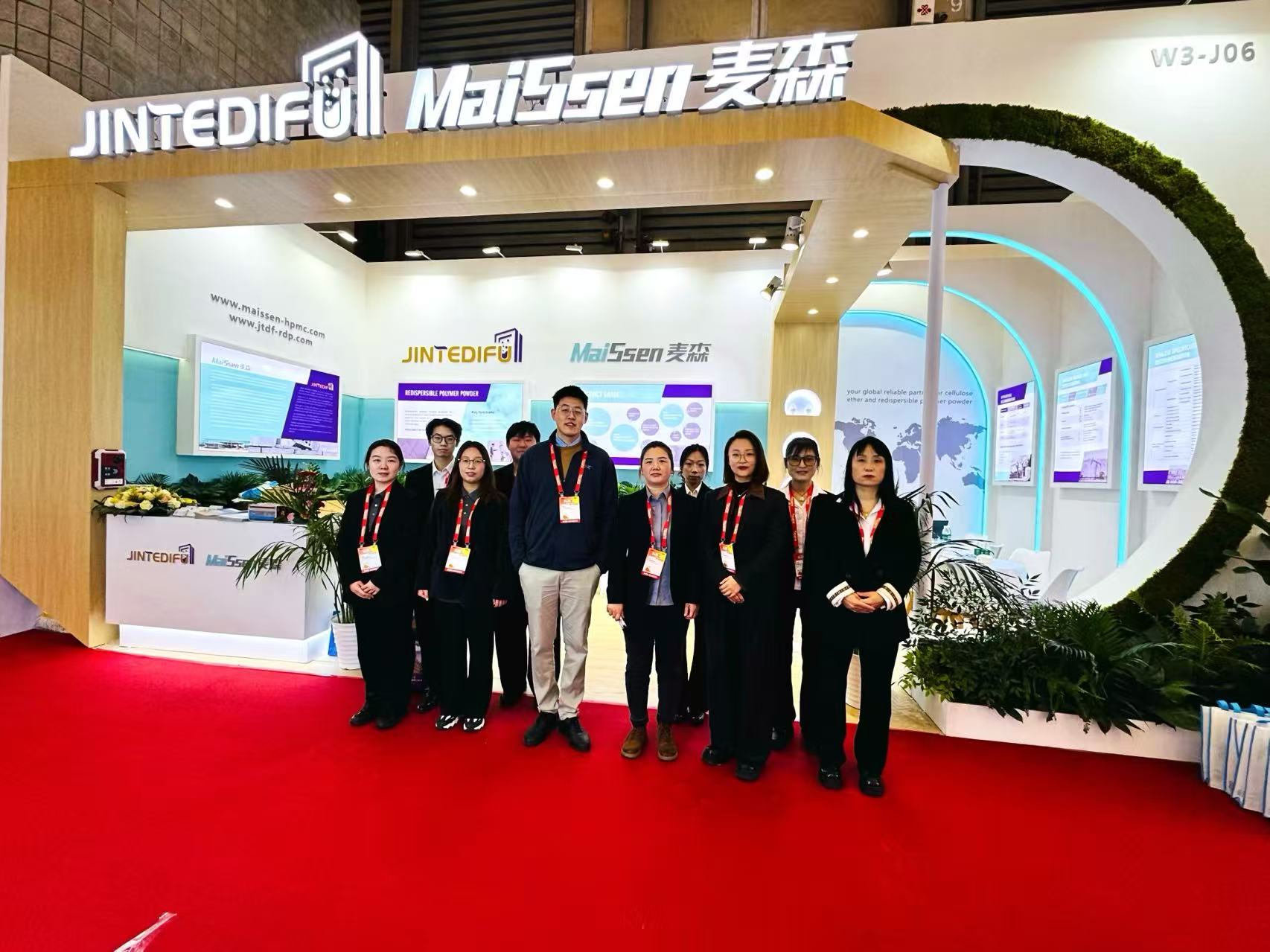MC is a kind of methyl cellulose, which is obtained by treating refined cotton with alkali and using MC as etherification agent through a series of reactions to generate cellulose ether.The degree of substitution is generally 1.6 to 2.0, depending on the solubility.
HPMC is hydroxypropyl methyl cellulose, is refined cotton alkalization, with acetal oxide and methyl chloride etherification agent, through a series of reactions synthesis of non-ionic cellulose mixed ether.The degree of substitution is generally 1.2 to 2.0.

1. Hydroxypropyl methyl cellulose has better enzyme resistance than methyl cellulose, and the possibility of enzymatic degradation of hydroxypropyl methyl cellulose is smaller than MC.
2. Hydroxypropyl methyl cellulose is easily soluble in cold water and hardly soluble in hot water. However, its gelling temperature in hot water is significantly higher than that of methyl cellulose (MC). And compared with methyl cellulose, its solubility in cold water has also been greatly improved.
3. Hydroxypropyl methyl cellulose has higher adhesion to mortar construction than methyl cellulose.
4. The viscosity of hydroxypropyl methyl cellulose is related to the size of molecular weight, the larger the molecular weight, the higher the viscosity. Temperature will also affect its viscosity. As the temperature increases, the viscosity decreases. However, the viscosity of hydroxypropyl methyl cellulose is less affected by temperature than methyl cellulose, and its solution is kept stable at room temperature.
5. hydroxypropyl methyl cellulose water retention performance depends on its added amount and viscosity. With the same amount of addition, the water retention rate of HPMC is higher than that of methyl cellulose.
6. hydroxypropyl methyl cellulose can be mixed with water-soluble polymers to form a higher viscosity uniform solution, such as polyvinyl alcohol, starch ether, vegetable gum, etc.
7. Hydroxypropyl methyl cellulose is stable to acid and alkali, and its aqueous solution is very stable at pH 2-12. Caustic soda and lime water have little effect on its performance. HPMC has stability to general salts, but when the concentration of salt solution is high, the viscosity of hydroxypropyl methyl cellulose solution has a tendency to increase.
JINAN MAISSEN NEW MATERIAL CO.,LTD is specialized in HPMC production. Any questions about HPMC, please feel free to contact us.







